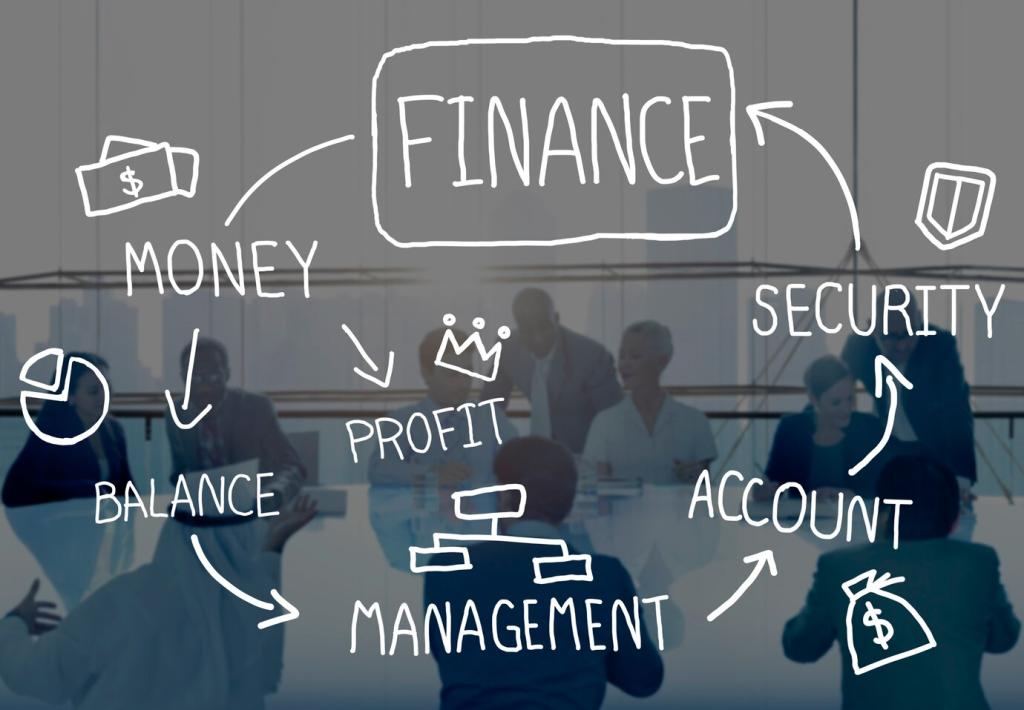Quantitative Methods That Clarify Uncertainty
Instead of guessing a single number, simulate thousands of plausible outcomes based on variable ranges. A retailer used Monte Carlo to plan holiday staffing, balancing overtime costs against stockout risk. The result: fewer queues, happier customers, and a measurable lift in conversion during peak days.
Quantitative Methods That Clarify Uncertainty
Start with a prior belief, collect new evidence, and adjust the belief. A SaaS team updated churn forecasts weekly using fresh usage data, narrowing uncertainty each sprint. This approach sharpened pricing tests and reduced overreaction to noisy outliers that previously derailed planning.








